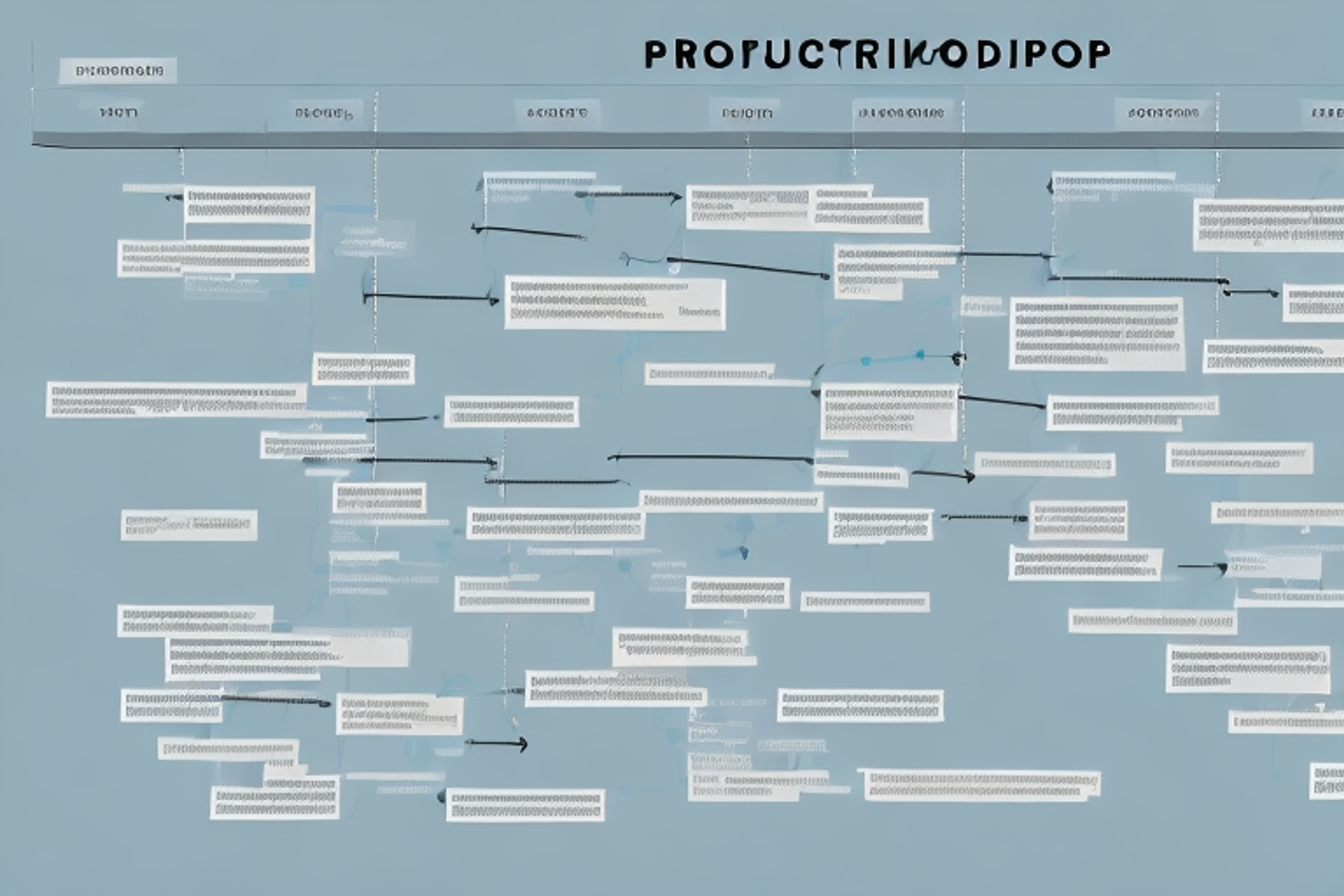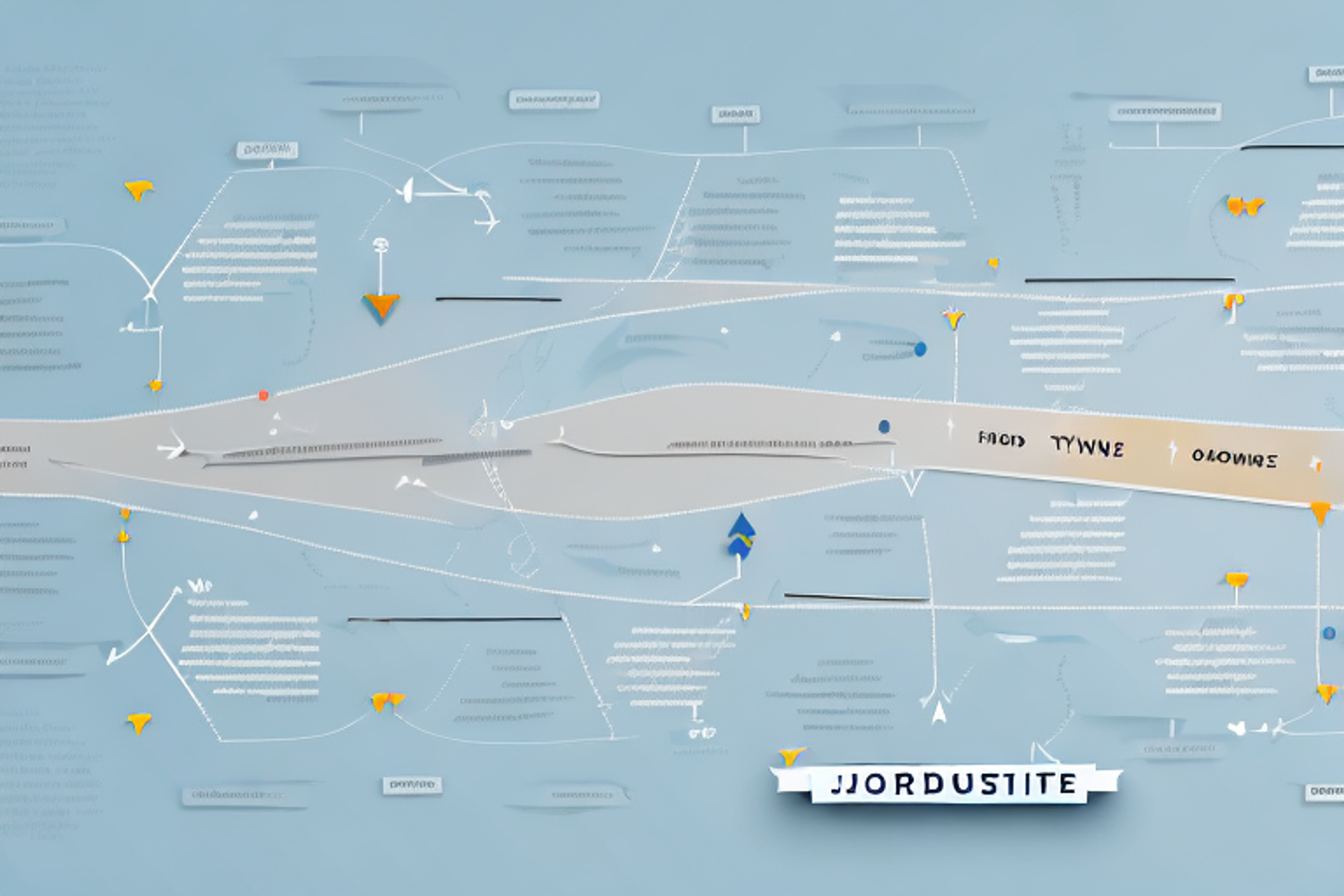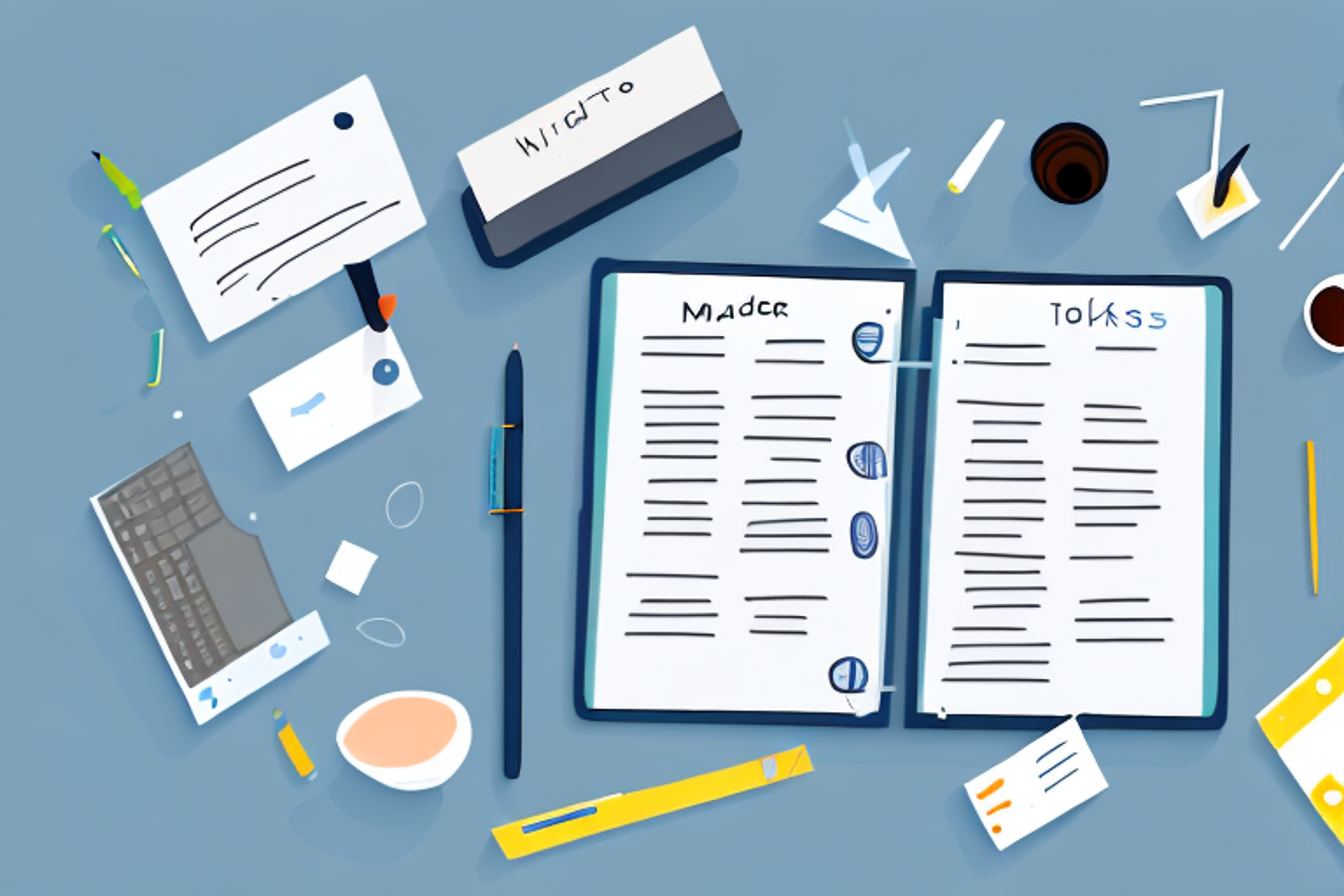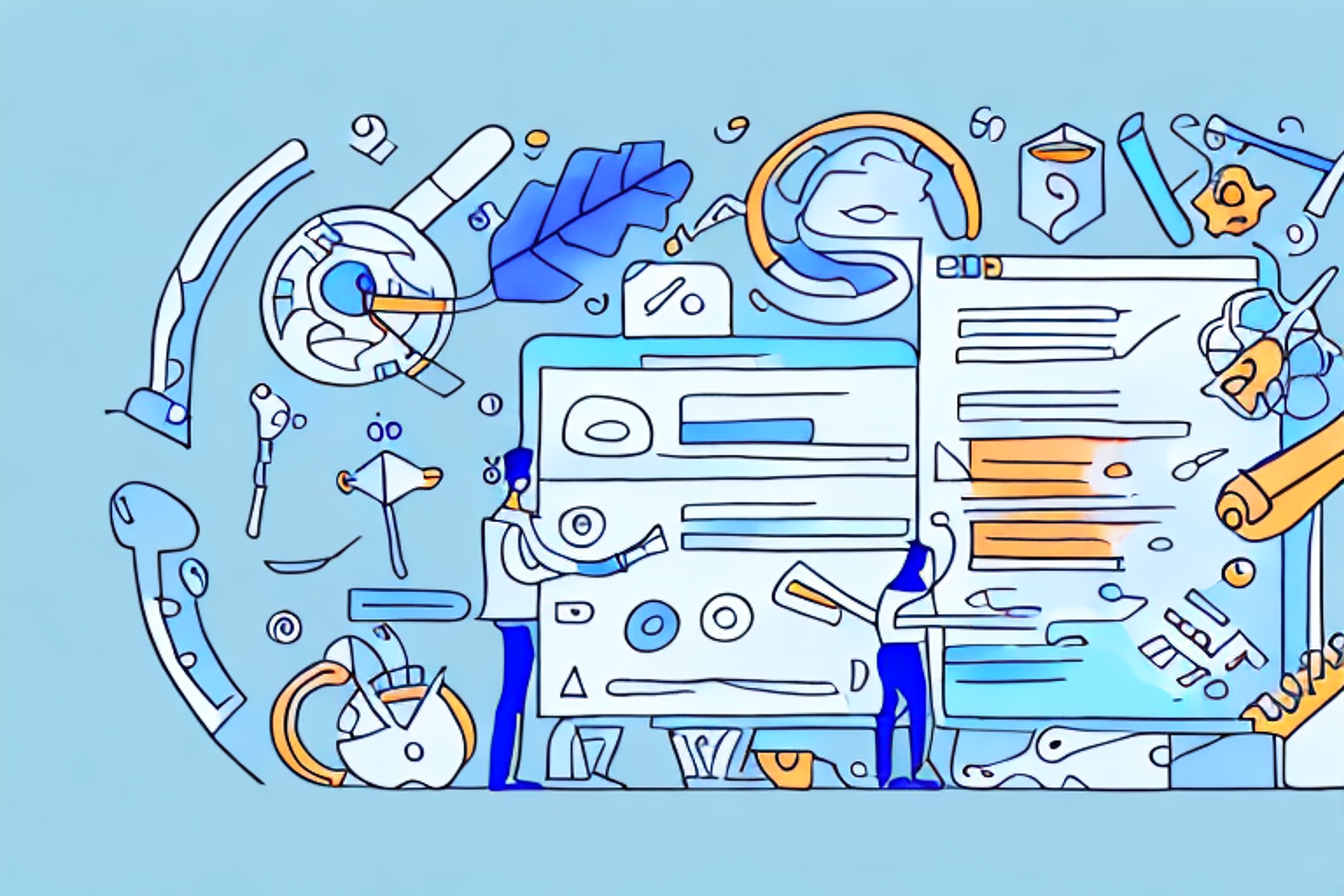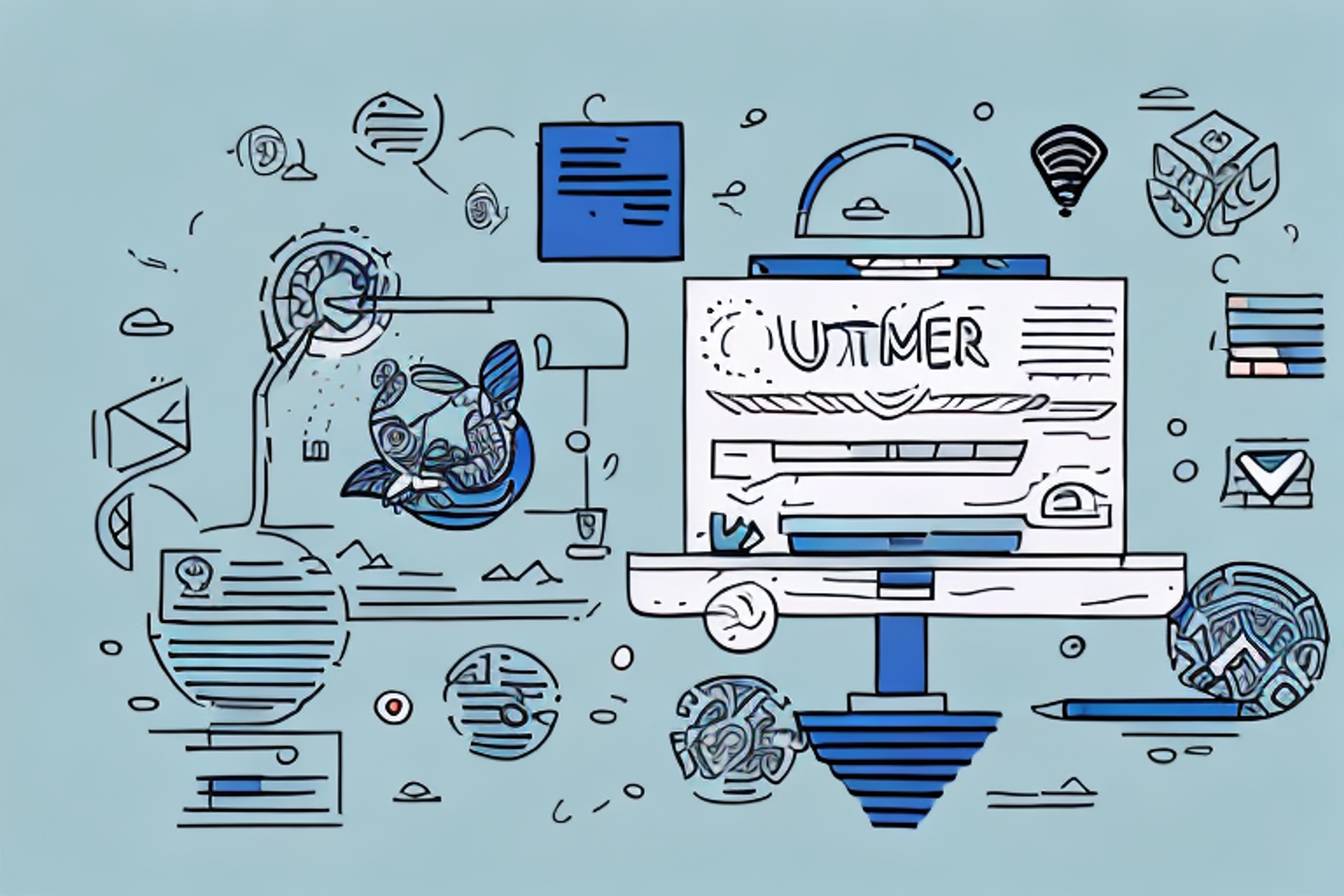The Importance of Inclusive Product Design: Tips and Techniques
Learn about the significance of inclusive product design and how it can benefit your business.
Posted May 15, 2023
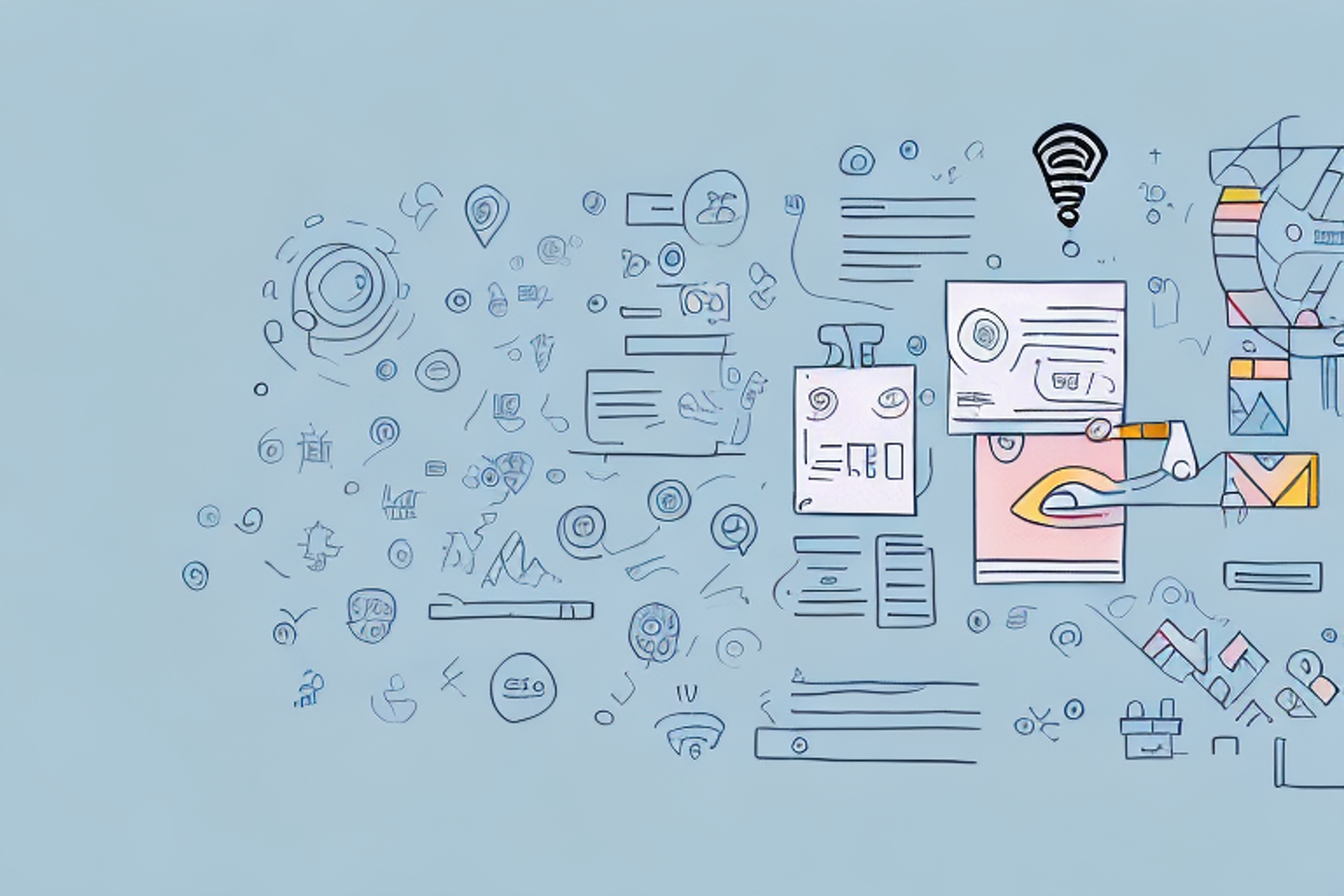
Table of Contents
In today's world, inclusive product design has become more essential than ever before. Inclusive design refers to the creation of products that consider the varying abilities and needs of all potential users. It is critical to recognize that people have diverse backgrounds, abilities, and challenges that need fulfillment, making it crucial for businesses to invest in inclusive product design. Inclusive design results in products and experiences that work for everyone, regardless of their abilities. It's not just individuals with disabilities that benefit from inclusive product design, but everyone. Here are some tips and techniques on why inclusive product design is crucial for businesses and how they can integrate it into their processes.
Understanding Inclusive Product Design and Its Significance
Inclusive product design is all about designing products that integrate diversity and inclusion. Every design decision focuses on the intended audience's abilities and needs and the consideration of all potential users' intersections. Inclusive product design is essential because it considers the needs and preferences of all users, regardless of their abilities or backgrounds. For example, if you design a product for people with visual impairments, you're also creating a usable product for people in a dimly lit environment.
Inclusive product design also helps to eliminate barriers and promote accessibility. By considering the needs of all users, designers can create products that are accessible to everyone, regardless of their abilities. This can include features such as adjustable font sizes, alternative text for images, and easy-to-use navigation. Inclusive product design not only benefits users with disabilities but also benefits all users by creating a more user-friendly and accessible product.
The Benefits of Inclusive Product Design for Businesses
Inclusive product design impacts businesses positively in different aspects. First, it's a tool for innovation. When a product design team adopts an inclusive approach, it opens up a more extensive pool of creatives, asset providers, and innovators that lead to better outcomes. Secondly, it sets the standard for accessible design. Adopting inclusive product design guarantees that your business offerings meet the accessibility standards set forth by the government. Lastly, catering to the needs and abilities of all users through inclusive design promotes customer satisfaction and trust in your brand.
Moreover, inclusive product design can also lead to increased revenue for businesses. By designing products that are accessible to a wider range of users, businesses can tap into new markets and expand their customer base. Inclusive design can also lead to increased customer loyalty, as users appreciate products that are designed with their needs in mind. Additionally, businesses that prioritize inclusive design are more likely to attract and retain diverse talent, which can lead to a more innovative and creative work environment.
Exploring the Different Types of Inclusion in Product Design
When designing an inclusive product, it's necessary to think beyond physical disabilities and explore other types of inclusion. For example, socio-economic status can influence an individual's technological access, mobility limitations, or visual impairments. Other than physical disabilities, inclusion in product design can improve the user experience for people from diverse cultures, ages, genders, races, among others. Inclusive design is particularly beneficial in situations where a user's ability can vary over time, for example, due to age, recovery from injury, among others.
Another important aspect of inclusion in product design is cognitive diversity. People with different cognitive abilities, such as those with autism or dyslexia, may have unique needs when it comes to product design. Inclusive design can help ensure that these individuals are not excluded from using a product due to their cognitive differences.
Furthermore, environmental factors can also impact a user's ability to interact with a product. For example, a product designed for outdoor use may need to consider factors such as weather conditions, lighting, and noise levels. Inclusive design can help ensure that a product is accessible and usable in a variety of environments, making it more versatile and appealing to a wider range of users.
The Role of User-Centered Design in Inclusive Product Development
User-centered design emphasizes designing for the end-user. It is an approach towards design that places the user's needs at the core of the process. Inclusive product design is user-centered because it considers the intended audience's abilities and preferences throughout the product development process.
One of the key benefits of user-centered design in inclusive product development is that it helps to create products that are accessible to a wider range of users. By considering the needs of users with disabilities, for example, designers can create products that are more usable for everyone. This can lead to increased sales and customer satisfaction, as well as a more positive brand image.
Another advantage of user-centered design in inclusive product development is that it can help to identify and address potential barriers to product adoption. By involving users in the design process, designers can gain valuable insights into how users interact with products and what features are most important to them. This can help to ensure that products are designed in a way that meets the needs of the target audience and encourages adoption.
How to Identify and Address Barriers to Inclusive Design
Understanding the barriers to inclusive design is essential in the product design process. It is necessary to understand these barriers to address and make product design inclusive. For example, limited access to technological infrastructure like high-speed internet can hinder inclusivity. Understanding and addressing design barriers can help achieve more comprehensive and functional design solutions.
Another barrier to inclusive design is the lack of diversity in the design team. When the design team lacks diversity, it can lead to a narrow perspective and limited understanding of the needs and preferences of different user groups. This can result in products that are not inclusive and do not meet the needs of all users. To address this barrier, it is important to have a diverse design team that includes individuals from different backgrounds, cultures, and experiences. This can help ensure that the product design is inclusive and meets the needs of a diverse range of users.
Overcoming Common Challenges in Implementing Inclusive Product Design
Designing for inclusivity isn't easy, and it comes with challenges. One challenge is the lack of awareness of the importance of inclusive design. Others include budget constraints, workflow issues, and lack of expertise in inclusive design. Fortunately, there are steps that businesses can take to overcome these challenges, such as providing regular training to their teams on inclusive design principles and leveraging experts in inclusive design to assist with the design process.
Another challenge in implementing inclusive product design is the assumption that designing for a specific group of people will limit the product's appeal to a wider audience. However, research has shown that designing for inclusivity can actually increase the product's marketability and profitability. By considering the needs of a diverse range of users, businesses can create products that are more user-friendly and accessible to everyone, regardless of their abilities or backgrounds.
Key Considerations for Creating Accessible and Inclusive Products
The three key considerations for creating accessible and inclusive products are compliance, user feedback, and inclusive design principles. Compliance refers to meeting governing accessibility and usability standards. User feedback is vital for understanding their needs and preferences while inclusive design principles are all about designing products that work for everyone, regardless of their abilities or cultural backgrounds.
Tips for Conducting User Research and Testing for Inclusive Design
Conducting research when designing inclusive products is crucial. It helps in understanding the target users from different backgrounds, abilities, and challenges, and leveraging the information to design for inclusivity. Testing multiple users who represent the diverse user base is also a crucial part of the process. This testing allows the designers to get feedback from the target users before the product launch, identify any potential issues, and make necessary alterations.
Best Practices for Integrating Diversity and Inclusion into Product Development Processes
Integrating diversity and inclusion into the product development process involves a cultural shift that impacts the entire organization. The best practices include establishing clear company-wide expectations of inclusivity, educating the organization on the benefits of inclusive design, providing resources and tools to support inclusive design, and promoting diversity and inclusivity within the workforce.
Examples of Successful Inclusive Product Designs and Their Impact on Users
Successful inclusive product designs have made a tremendous impact on the users, making their daily activities easier and enabling them to be more productive. For example, design solutions that leverage AI technology, like automatic translation tools and voice-to-text software, have made the digital world more accessible to users with limited technological access or disabilities. Other examples of successful inclusive design products include handicap accessible vehicles, automatic doors, and ergonomic furniture.
The Future of Product Design: Trends and Innovations in Inclusivity
The future of product design lies in the adoption of inclusive principles in developing design solutions. Innovations in inclusivity include developing user-friendly wearable technology, better voice interface systems, and integrating assistive technology into mainstream design solutions. With the emphasis on accessibility and usability, innovation in inclusivity will surely bring disruptive changes in all sectors of the product design industry.
Adopting inclusive product design into the development process ensures that businesses meet the challenge of designing for all individuals. Businesses that embrace inclusivity see an increase in customer satisfaction, brand trust, and loyalty. With the emergence of new technologies, there are opportunities to continue creating innovative design solutions that cater to diverse populations, which reaffirms the importance of inclusive product design in any product development process.









